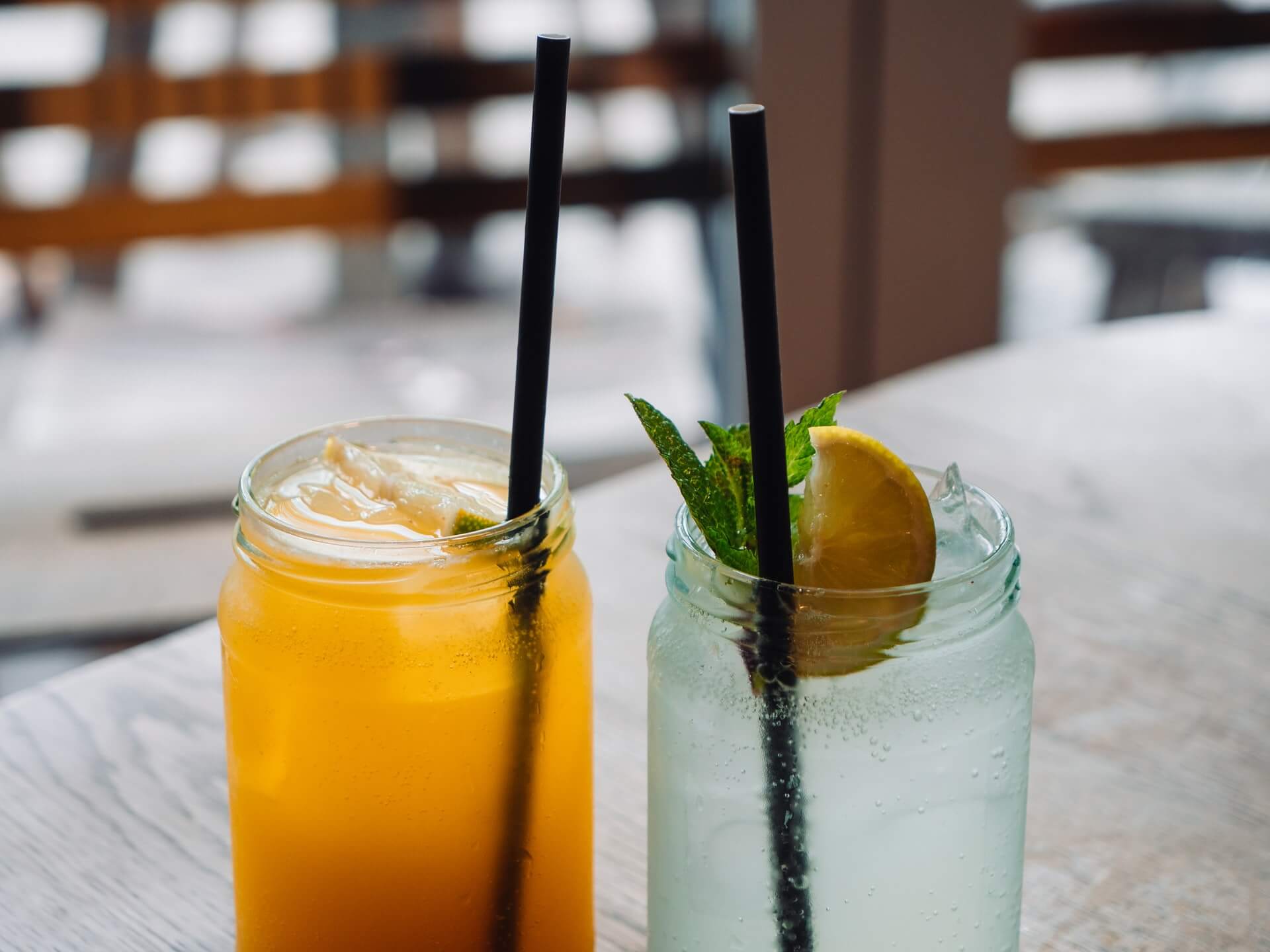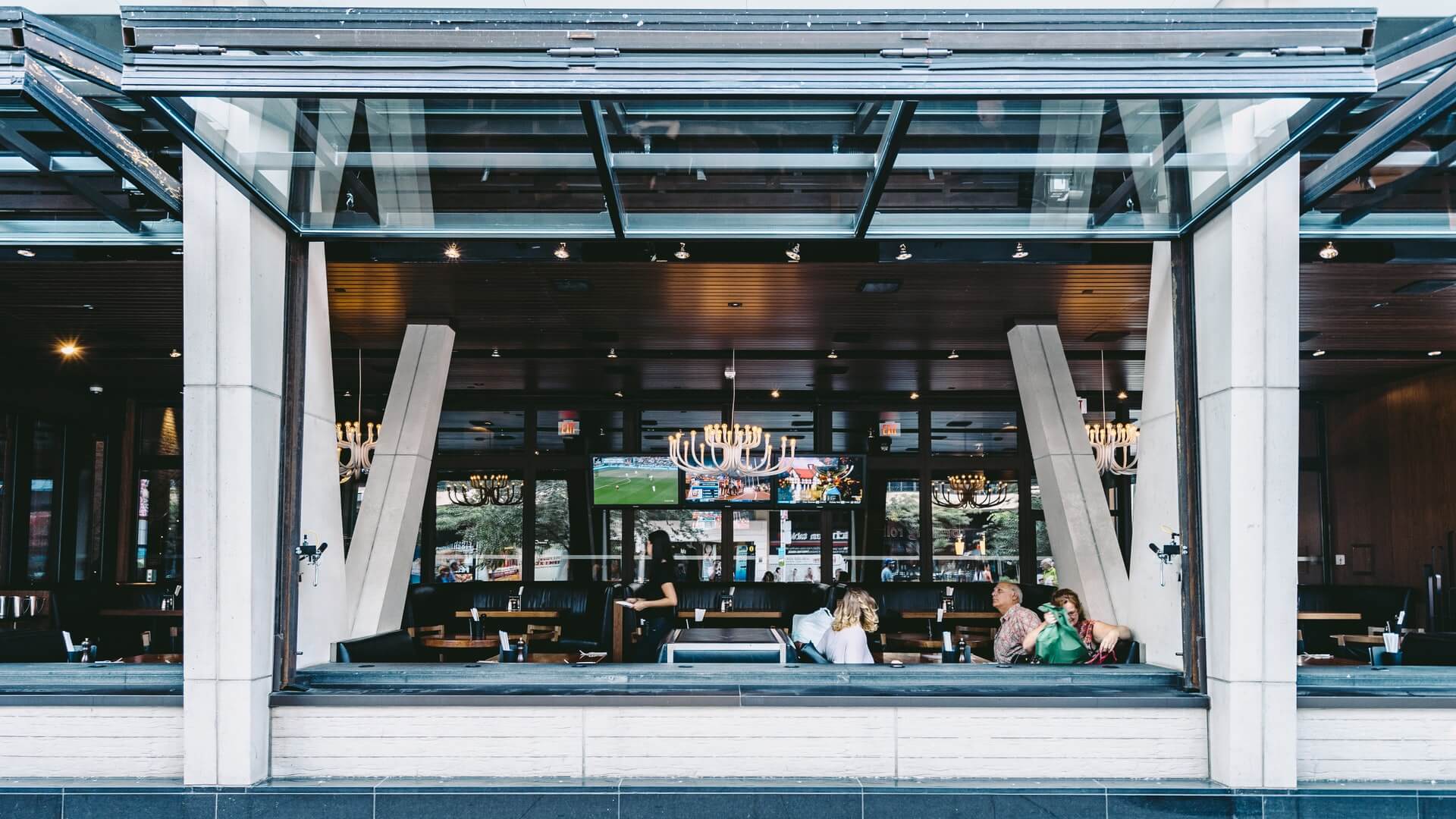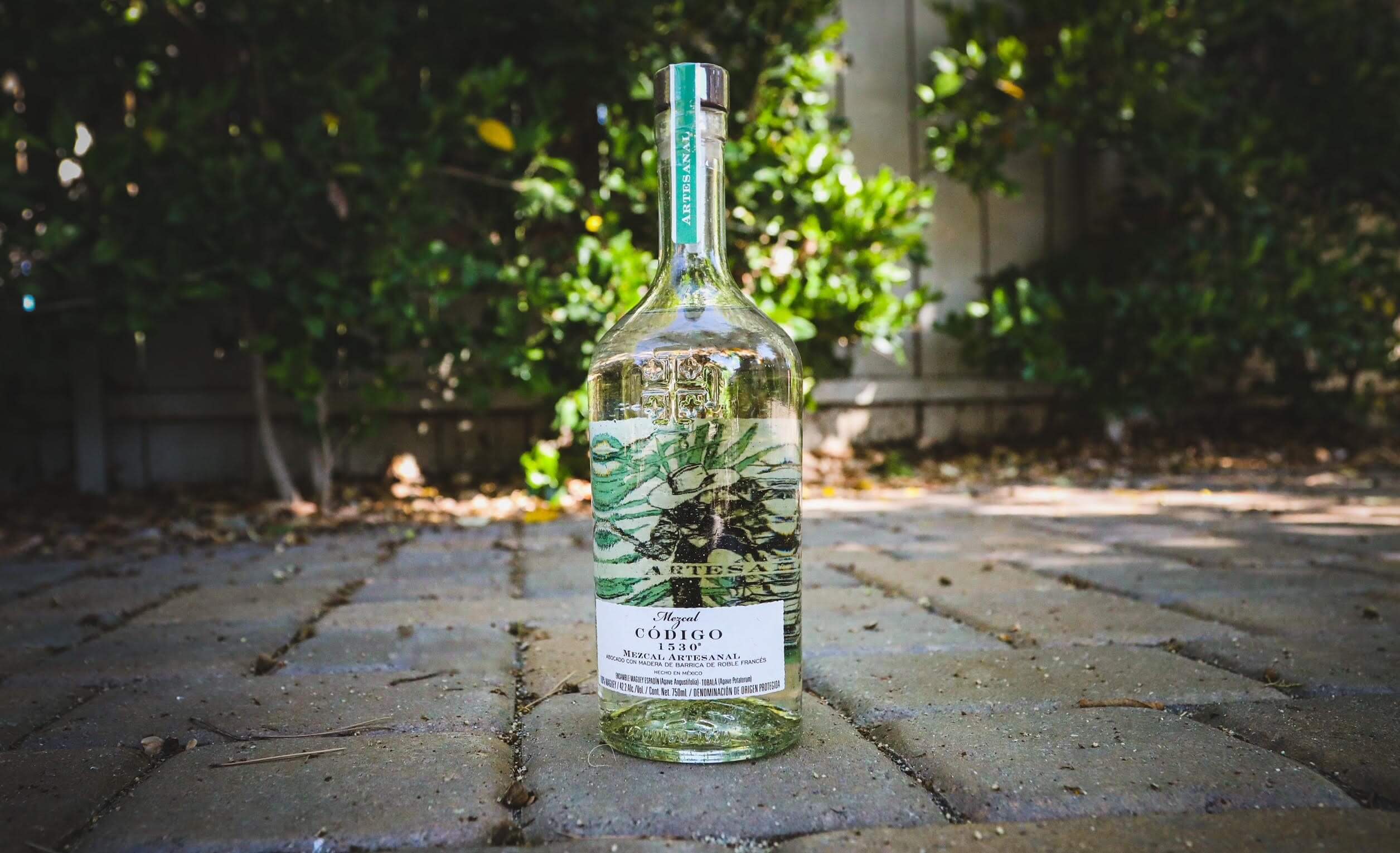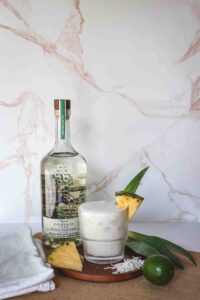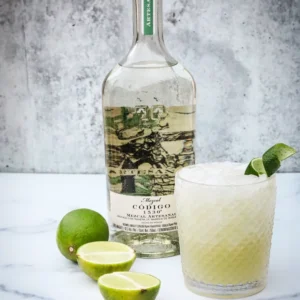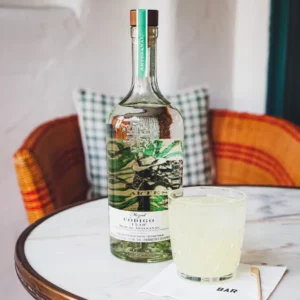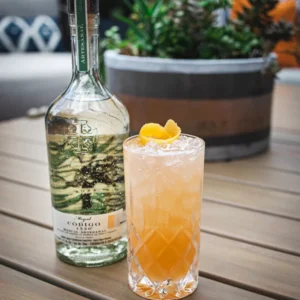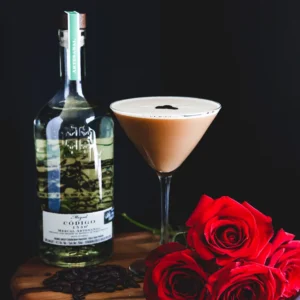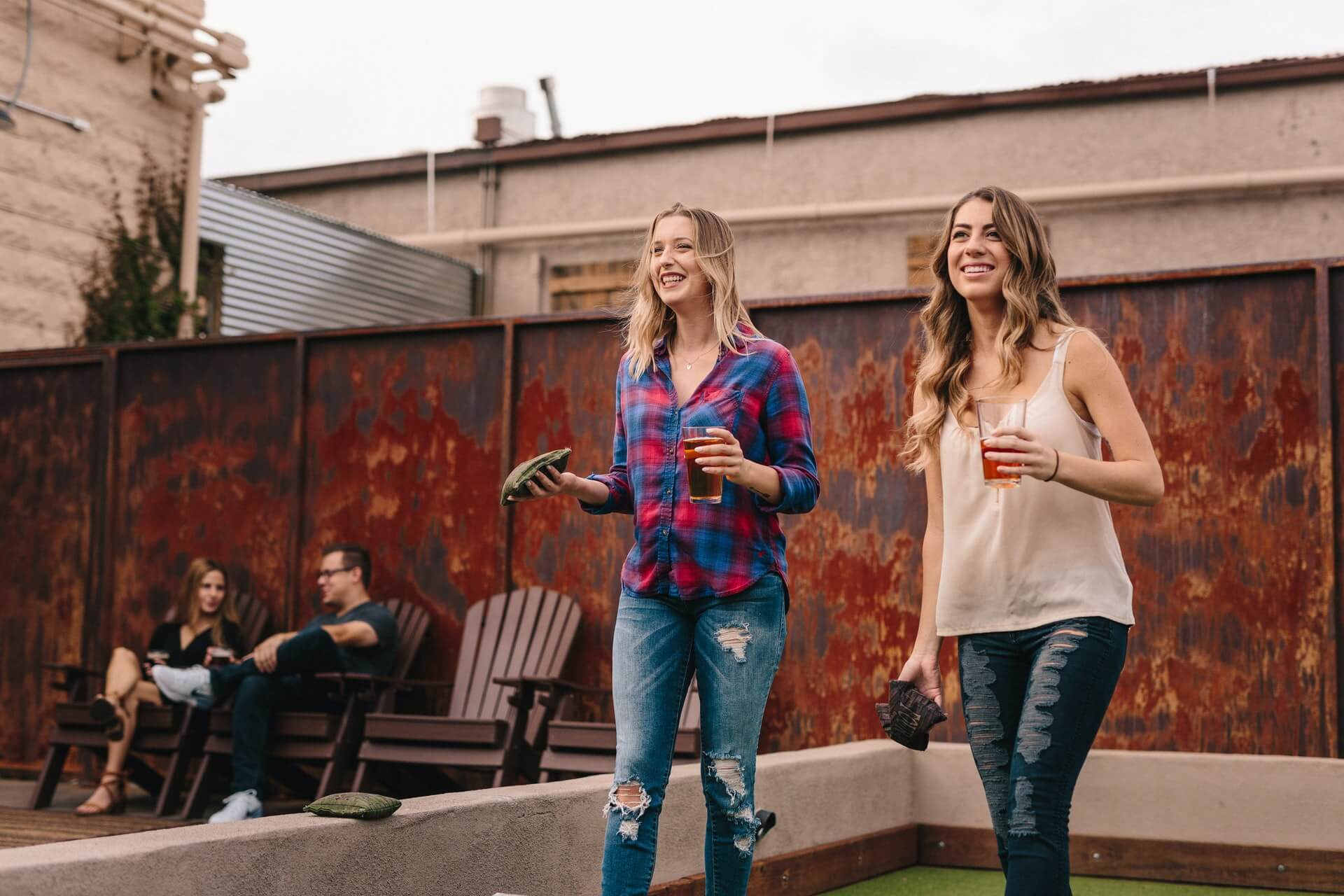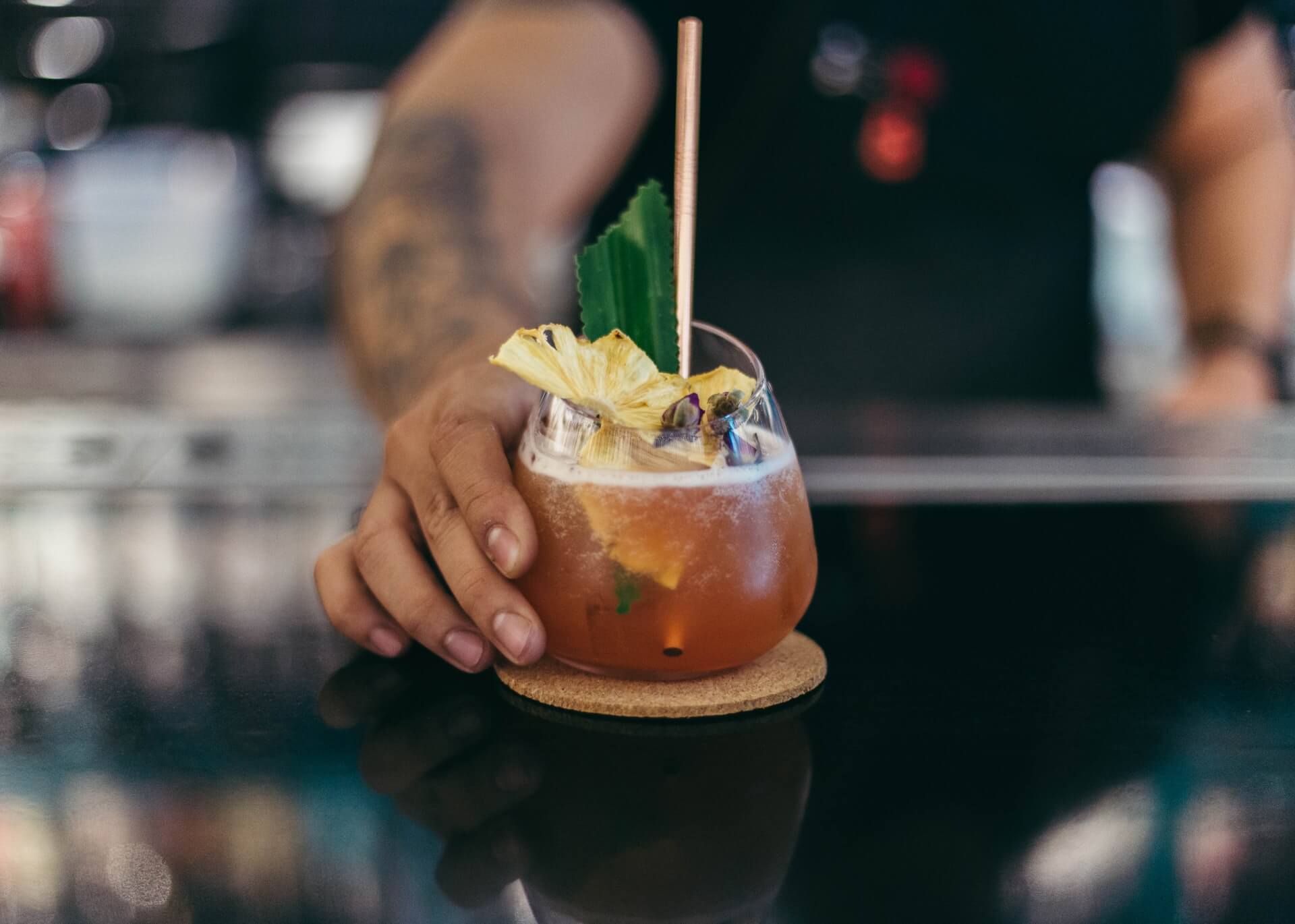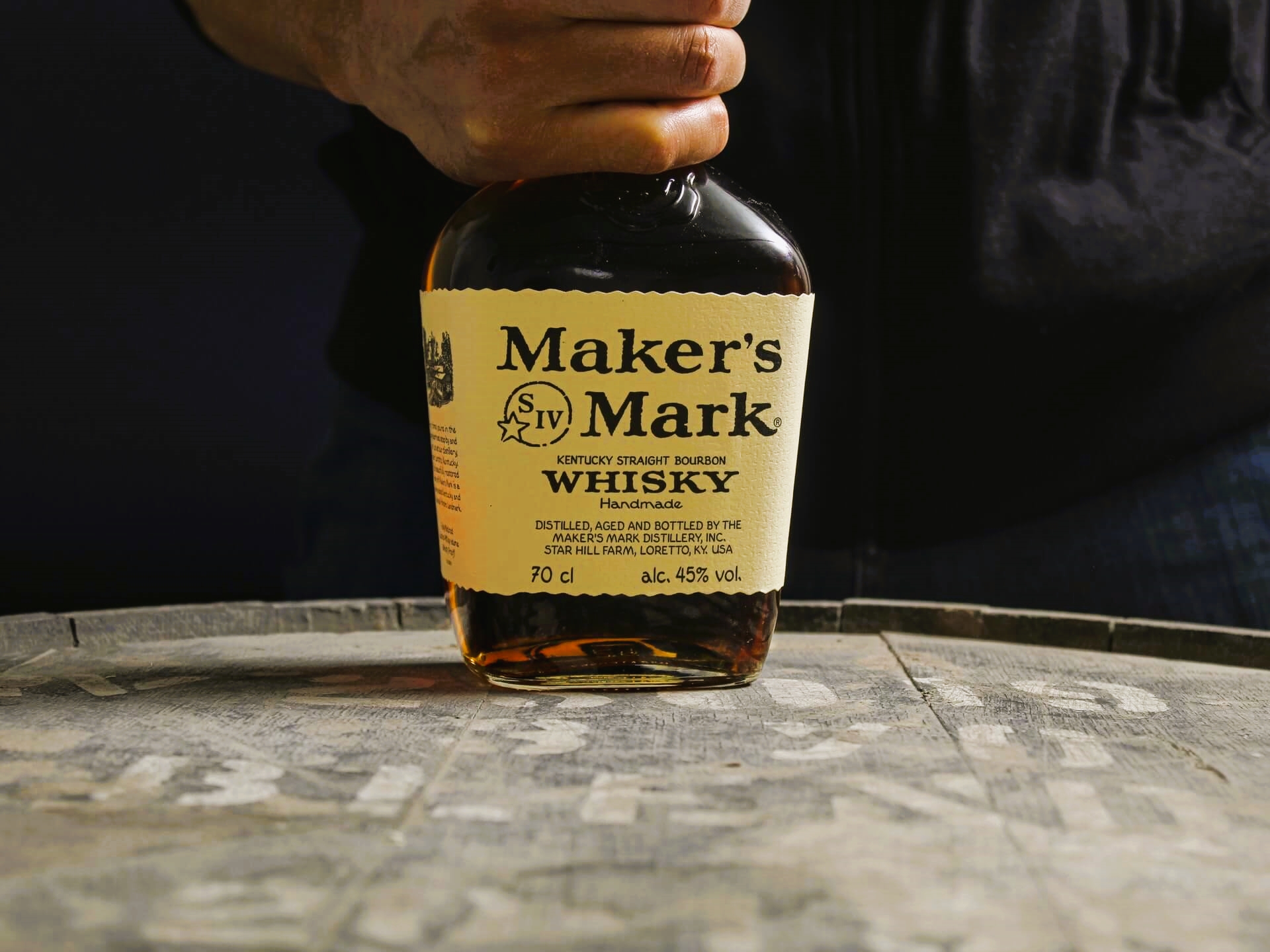Stand Out with Weird Holidays: July 2022
by David Klemt

Want to stand out from from other restaurants and bars in your area? Then commit to keeping it weird.
Several “holidays” are set against every date on the calendar, and July is no exception. These holidays range from mainstream to “weird.”
Pay attention to the latter to raise eyebrows, carve out a niche for your restaurant or bar, and attract more guests. Why do what everyone else is already doing?
Of course, you shouldn’t try to celebrate every holiday, weird or otherwise. And this month’s list in no way includes every odd holiday.
Focus on the days that are authentic to your brand; resonate with your guests; and help you grab attention on social media.
For June’s list, click here.
July 5: Workaholics Day
We may be in the midst of the Great Resignation but people are still working too hard. They’re too busy and experiencing too much stress.
So, this Workaholics Day, encourage your overworked, workaholic guests to unwind with your and your staff. They need to sign out, unplug, and escape.
July 7: National Dive Bar Day
Ah, the dive bar. Whether you consider this hospitality institution a dive, neighborhood bar, or local watering hole, it’s worthy of celebration.
If you’re a dive or neighborhood bar owner, this is your day to pull out all the stops. You run a cornerstone of your community—time to party with the neighborhood!
July 8: Video Games Day
Okay, video games in and of themselves aren’t weird. Well, the weird games are weird but you know what I mean.
Have TVs and consoles? Arcade games? Put them front and center with your marketing. Come up with a tournament and get your guests playing. And, of course, a limited-time, themed cocktail menu also works.
July 12: National Simplicity Day
We all know what KISS (not the band) stands for: Keep It Simple, Stupid. Quick note: I’m not calling you stupid.
Simple, of course, tends to be quicker, and people appreciate fast service when they’re thirsty. This is definitely the day to perfect highballs and two- or three-ingredient cocktails.
July 13: Embrace Your Geekness Day
Look, we’re all geeks about something. A geek doesn’t have to conjure stereotypical images of so-called nerds. Certainly, the term shouldn’t mean someone’s an outcast.
A geek is passionate and that should be admired. You should know what your guests are into and how to engage with them about their passions.
July 17: World Emoji Day
Hey, want to create a creative LTO that will be fun for guests to decipher? Come up with ways to name and, if you really want to get into it, describe your F&B with emoji.
July 20: National Moon Day
You and your team can celebrate this day a couple of ways. Of course, the obvious way is to craft a moon, space-, sci-fi, and/or astronaut-themed LTO.
Or, for a more outside-the-box promotion, you can always look up moon-based conspiracy theories and make that your theme.
July 23: National Hot Dog Day
It’s obvious that hot dogs aren’t inherently weird. However, you can encourage your kitchen team to put their heads together and come up with truly “weird” or unusual (but enticing) LTO hot dogs.
July 29: National Get Gnarly Day
Eager to engage your bar team? Looking to push them to come up with some unique cocktails and beer-and-shot combos? This is the holiday to get them to get gnarly and creative.
July 31: National Mutt Day
If your bar or restaurant is dog friendly, this holiday is your time to shine! Encourage your guests to bring their adorable mutts. Bonus points for offering an LTO menu featuring dog-safe F&B.
Image: Dan Parlante on Unsplash

